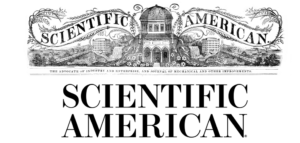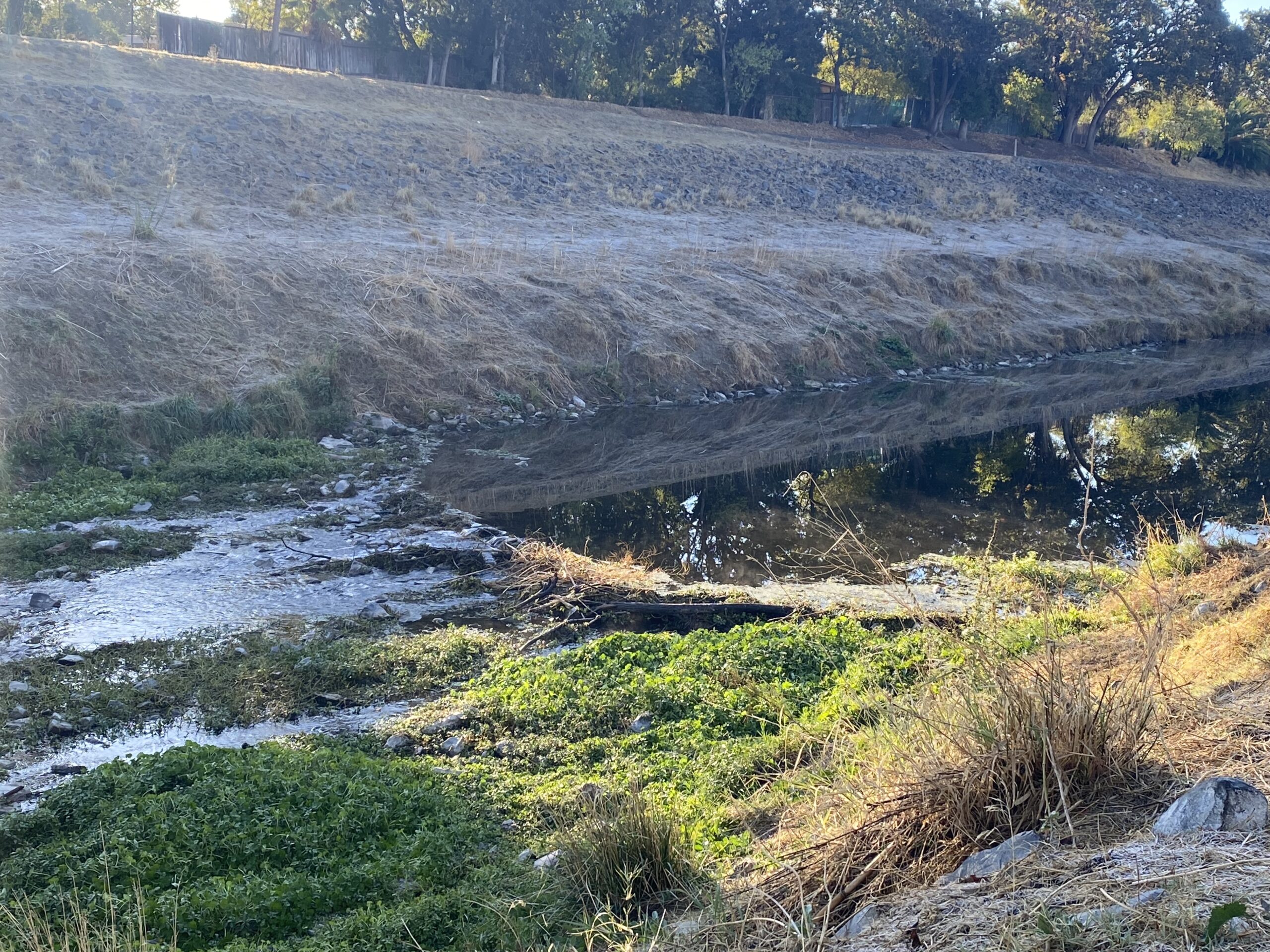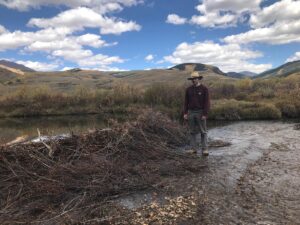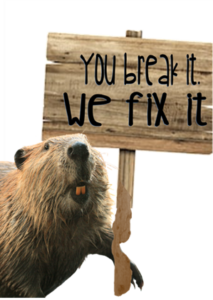Things are looking up for beavers of the Rio Grande. At least their a hot commodity now.
Saving the #RioGrande Cutthroat Trout: Beavers show the way — @AlmosaCitizen
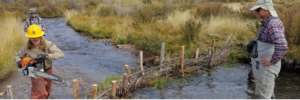 THE Rio Grande cutthroat trout is the Rio Grande National Forest’s only native trout. It needs help. Biologists from Colorado Parks and Wildlife and Rio Grande National Forest are trying to bring the cutthroat back to its full glory, but they need help, too. So who do the humans look to for help?
THE Rio Grande cutthroat trout is the Rio Grande National Forest’s only native trout. It needs help. Biologists from Colorado Parks and Wildlife and Rio Grande National Forest are trying to bring the cutthroat back to its full glory, but they need help, too. So who do the humans look to for help?
Easy answer: Beavers.
Jason Remshardt, wildlife and fisheries program manager for the Rio Grande National Forest, recently gave a presentation on the Rio Grande cutthroat trout. He is the only fish biologist in the RGNF. He talked about the effort to create and conserve habitat for the cutthroat, and how the answer might just come from nature’s finest engineers.
The Rio Grande cutthroat trout used to exist in just about every part of the Rio Grande basin, but due to a wide range of circumstances, these fish only occupy a fraction of the area they used to. Part of conservation and successful reintroduction is habitat restoration. Right now, the experts are looking at nature’s experts. These projects are imitating “what the beaver dams are doing,” said Remshardt.
These “Beaver Dam Analogues” or “Temporary Wood Grade Structures,” or TWGS, (pronounced like twigs), are designed to help back up water and create a lively wetland habitat that encourages healthy biodiversity not just for the cutthroat, but the entire ecosystem.
Now when I read an article like this I’m stroking my chin suspiciously and saying “Do you really just want an excuse to play in the mud? Or do you really want beavers?” I guess they are the real deal,
 Beavers in the national forest are alive and thriving. Remshardt says that the RGNF is happy with current populations, but there is room for expansion and improvement. With that, the benefits of beaver dams create healthy, expansive wetlands. Beaver dams and habitats also make great fire breaks.
Beavers in the national forest are alive and thriving. Remshardt says that the RGNF is happy with current populations, but there is room for expansion and improvement. With that, the benefits of beaver dams create healthy, expansive wetlands. Beaver dams and habitats also make great fire breaks.
These animals, however, are considered a nuisance species to certain areas of the Valley. Beavers can be troublesome to infrastructure like irrigation canals and roads.
“There’s this stark contrast of existing as a pest species on the Valley floor while being highly beneficial up in the headwaters. The logical solution,” Born said, “is an efficient, legal, and humane way to translocate them to areas where their engineering is more appreciated and doesn’t impact infrastructure.”
Relocating the beavers pairs well with the restoration efforts. Born said that the structures may encourage beavers to stay in areas that “have habitat that would otherwise be too degraded.”
Remshardt says there’s plenty of space to relocate any problematic, or displaced wood-chopping rodents.
“We’re ready to take them and we have places all over the forest to take them. Plenty of places we can put them,” Remshardt said.
Identifying where beavers are and where beavers aren’t is a part of the job that requires a lot of work from a lot of people. Software like iNaturalist allows anyone to report animal sightings and tracks to help in identification. These reports can help biologists like Remshardt identify populations and locations to help further studies and surveys.
Helping the beavers help us really boils down to, Remshardt said, the fact that “beavers are the best at doing their own work.”
Yes well that’s a helluva lot better than some. But I’m a crazy optimist. I dream of a day when any beaver anywhere that decides to make a dam any old place makes folks stop and scratch their heads and think “WOW that beaver is really doing good things RIGHT HERE. For the watertable, and the fish and the fire potential. Maybe I should just cooperate with it and keep it around if possible”.
Yeah well I said I was an optimist.
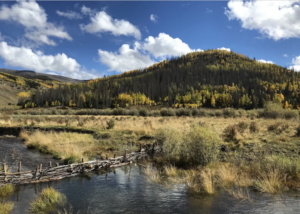 Most of the streams and lakes are easy to access, but the Rio Grande Cutthroat Trout lives in the alpine, too. Remshardt said almost every drainage and lake in the Sangre de Cristo mountain range has cutthroat populations. So, in order to keep these high mountain lakes stocked and healthy, they conduct High Mountain Lake Airplane Stocking. A video from CPW shows just how these operations are done.
Most of the streams and lakes are easy to access, but the Rio Grande Cutthroat Trout lives in the alpine, too. Remshardt said almost every drainage and lake in the Sangre de Cristo mountain range has cutthroat populations. So, in order to keep these high mountain lakes stocked and healthy, they conduct High Mountain Lake Airplane Stocking. A video from CPW shows just how these operations are done.
Conservation of the cutthroat, Remshardt said, remains the most intensive and expensive project. Ongoing research for more cutthroat introductions to expand them into their historic ranges is an ongoing and expansive effort. Currently, an effort to successfully reintroduce the cutthroat to the Sand Creek drainages at the Great Sand Dunes National Park is taking place. The project first started in 2005.
Well if you CARE about cuttthroat you better care about beavers. It’s really that simple.


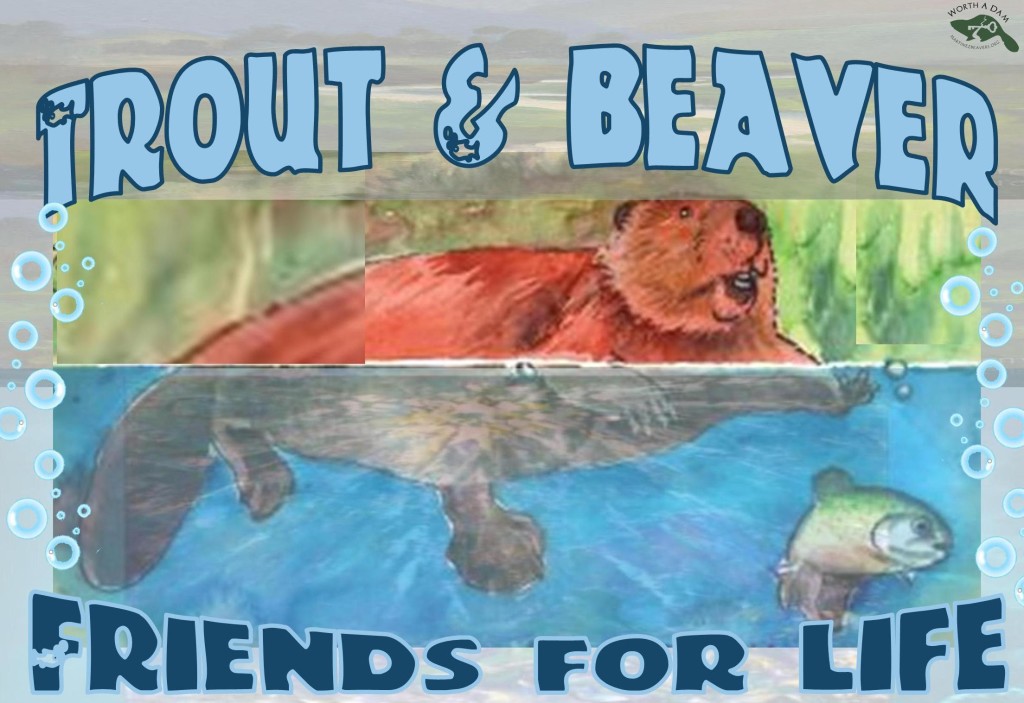
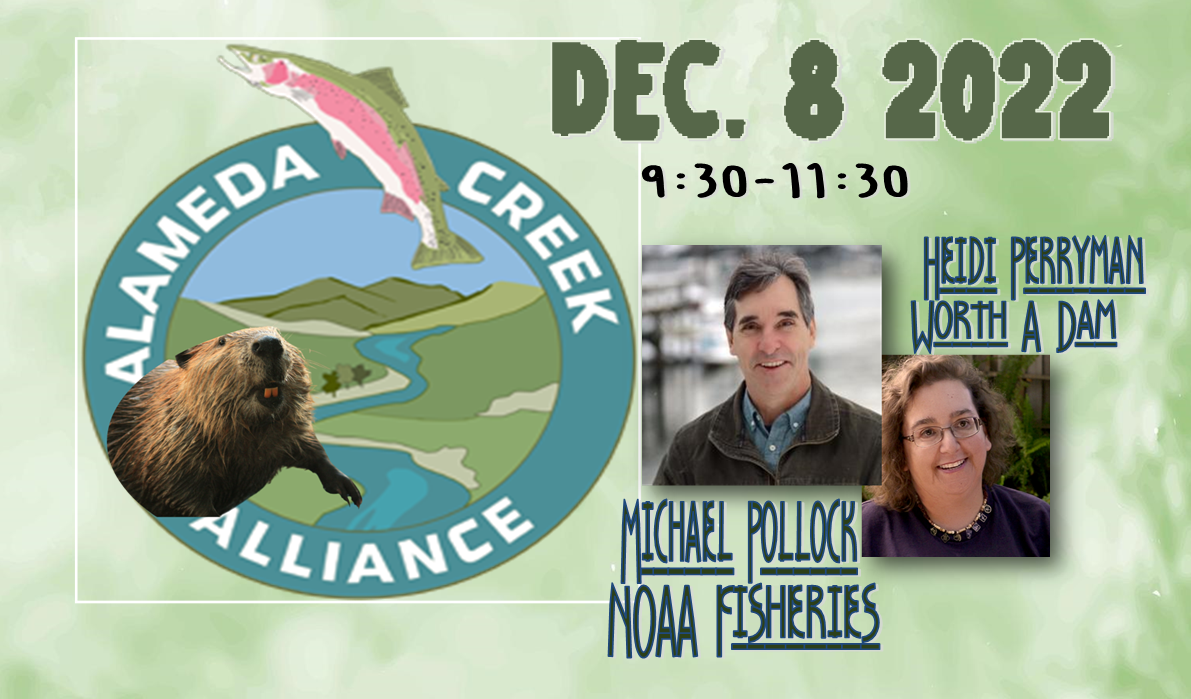



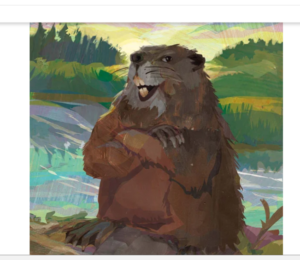 ory
ory